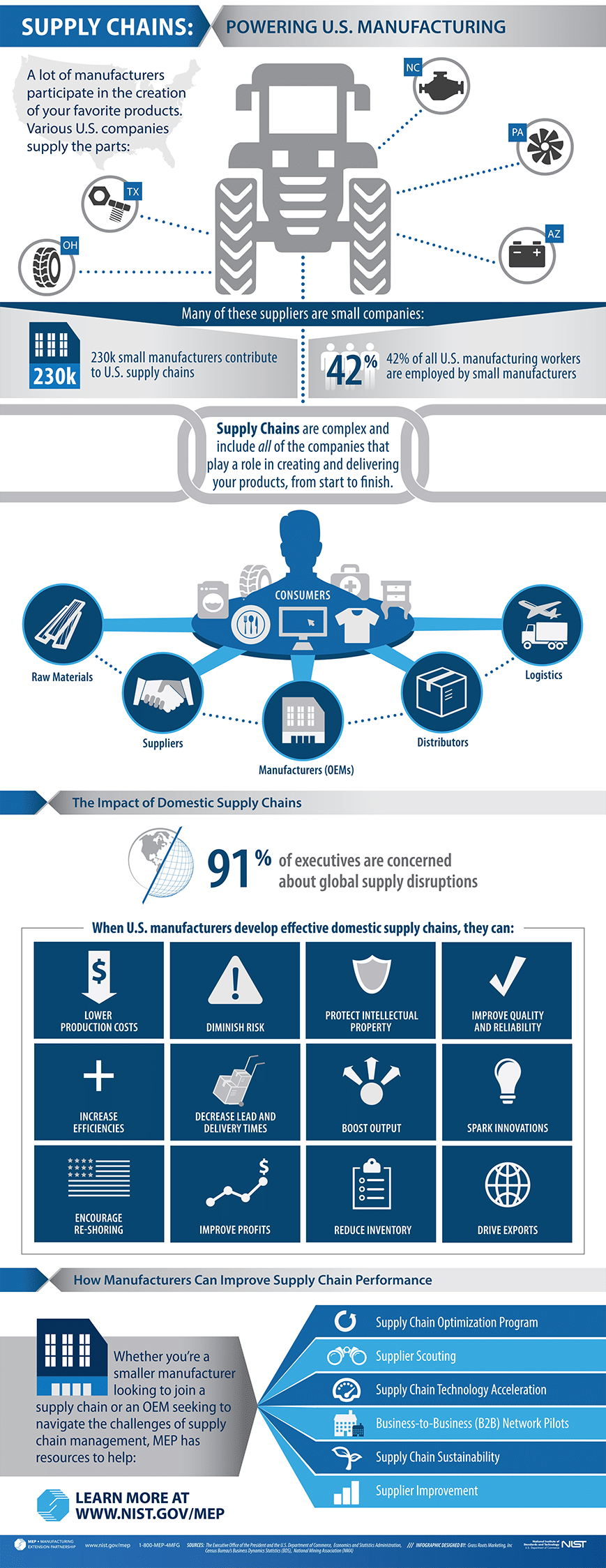
The success of any manufacturer lies in its ability to deliver the perfect end-customer experience: the right product, in the right quantity, at the right price, at the right time. Because of this multi-level criteria, global competitiveness depends on the performance of organizations at every level of the manufacturing supply chain.
Competitiveness, as a result, depends not just on the individual performance of each level of the supply chain, but on how all of the elements work together. Effective collaboration among organizations within the entire supply chain organization is vital to overall business success, contributing to sustainability, innovation, quality improvements, and readiness to meet global market demand – all things that provide manufacturers with substantial competitive differentiation.
Rising Expectations, Falling Demand
Manufacturers today face higher and higher customer expectations when it comes to after-sales service. Because of these rising expectations, service parts must be delivered immediately and at a low cost so the after-sales service organization can maintain product uptime and increase customer loyalty.
And, to pile on the pressure, the decline in demand for new durable goods (e.g. airplanes, cars, heavy equipment, industrial machinery, etc.) has continued to spiral, with significant dips in the spring and fall months. This type of market volatility is causing most manufacturers to feel the pinch, and seek alternate revenue and profit opportunities. Fostering existing customer relationships is a huge part of that revenue boost, and product uptime is crucial to maintaining that relationship.
That said, it’s no secret that service parts inventory balance, pricing strategy, service availability, and product uptime are all top priorities among after-sales service pros when it comes to their success in the supply chain.
Powering the Supply Chain With Product Uptime
The Manufacturing Extension Partnership (MEP) created an infographic to illustrate how the supply chains power U.S. manufacturing by promoting a better flow of product from suppliers to customers resulting in reduced costs, improved quality and shortened lead times – all focused around maximized product uptime.

While new product-based revenues may be declining, after-sales service margins are continuing to provide new revenue and profit opportunities. In fact, upwards of 35% of manufacturers get more than half of their annual revenue from after-sales service support, while just 12% say service and replacement parts are competitive differentiators.
Today’s most successful companies are looking beyond the new product side of their businesses and shifting the way they view post-sales service, implementing service-focused growth strategies and optimizing service operations. This aspect of the supply chain, focused heavily on maximizing product uptime, could be the key to many manufacturer’s future success.